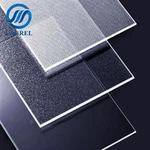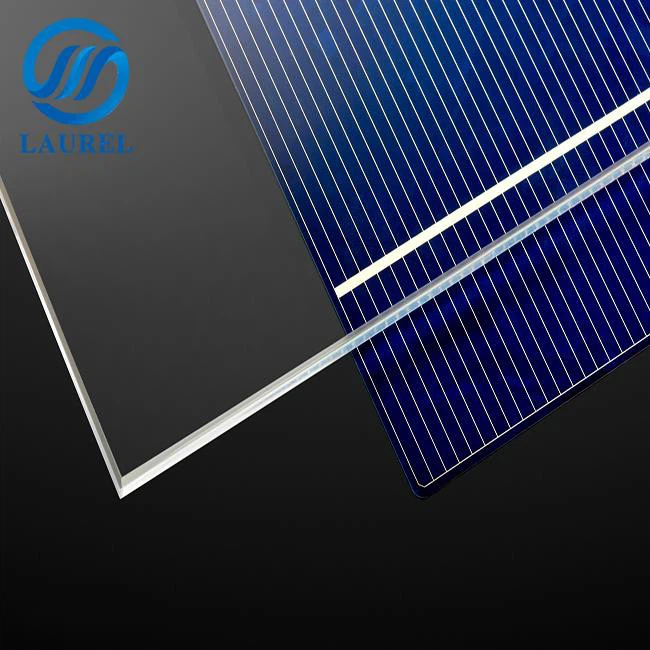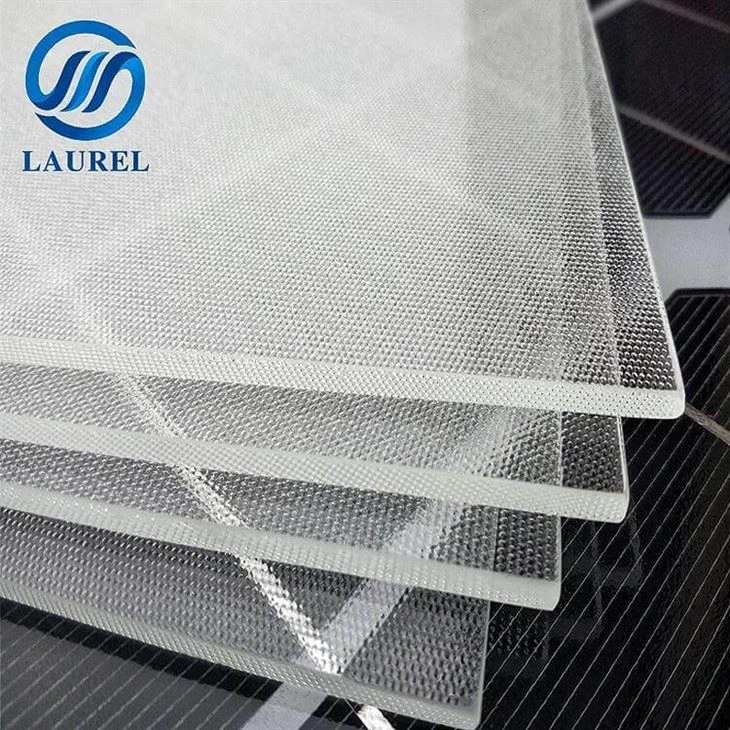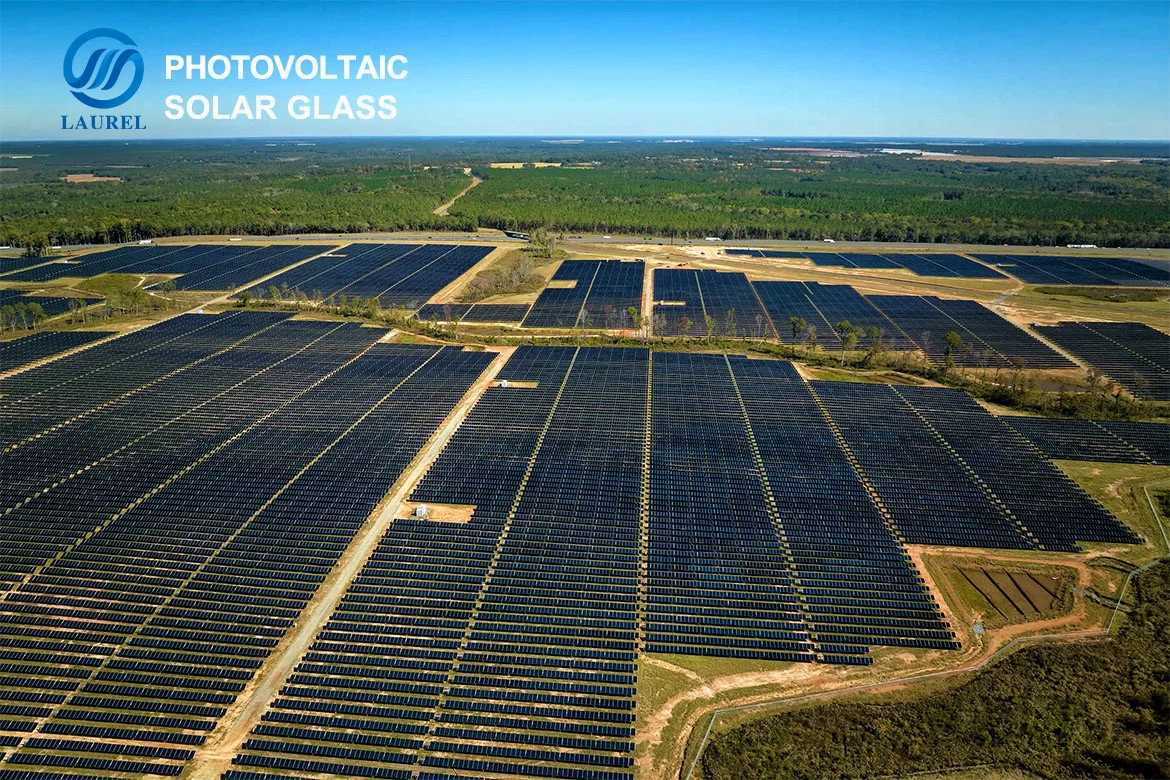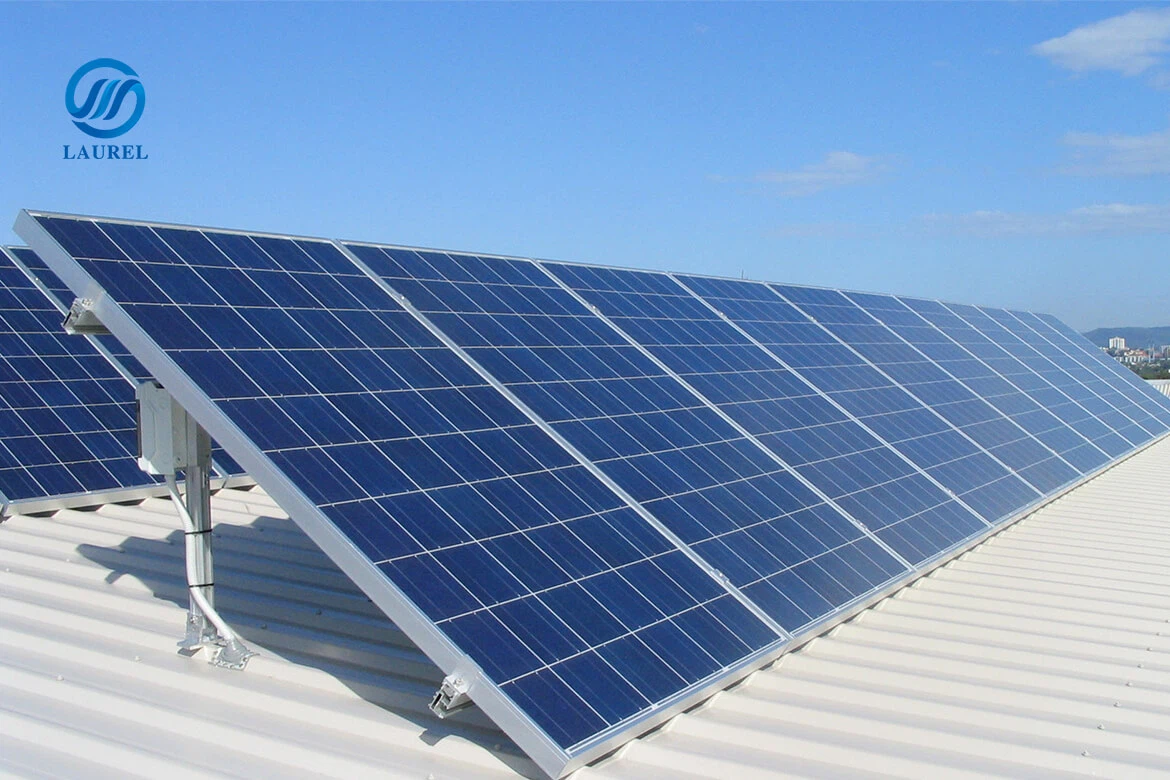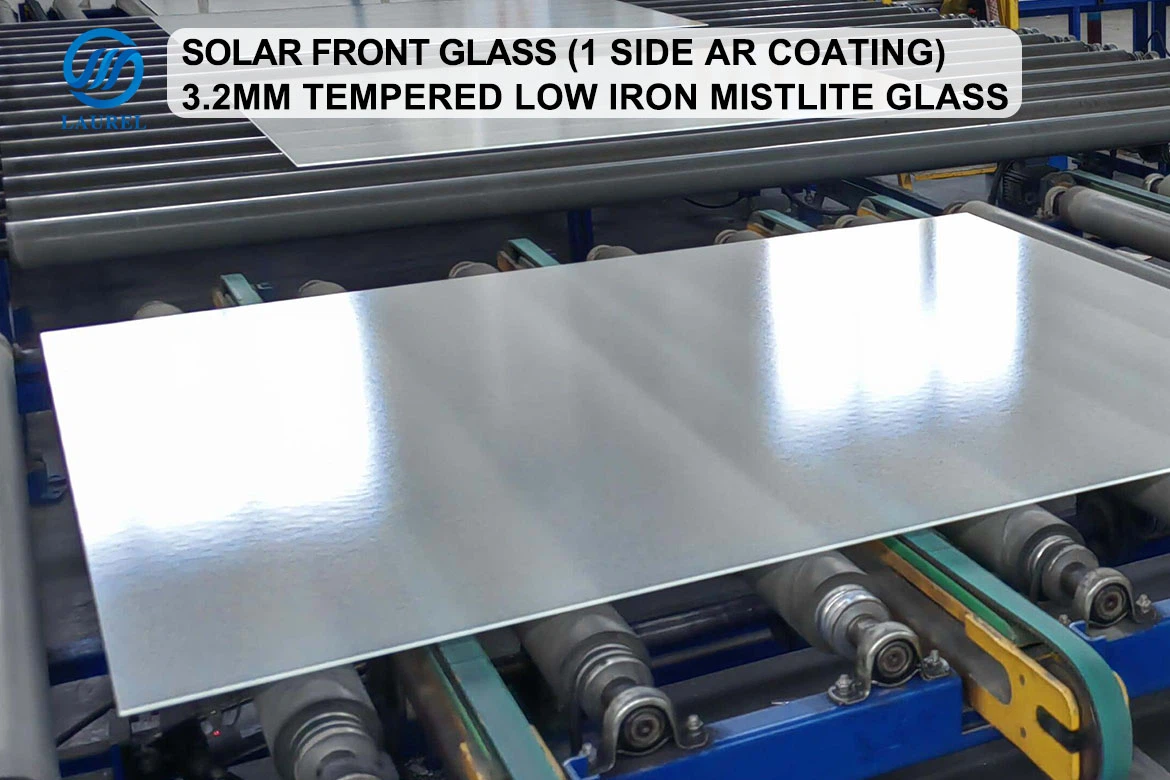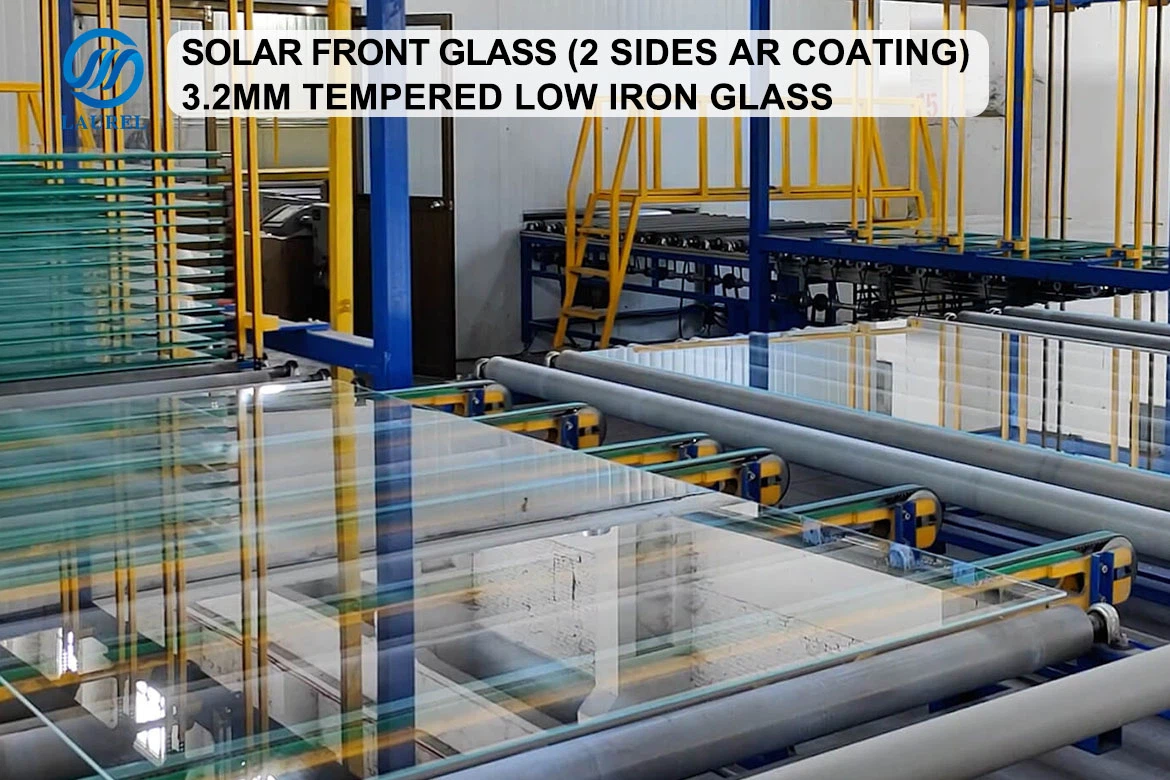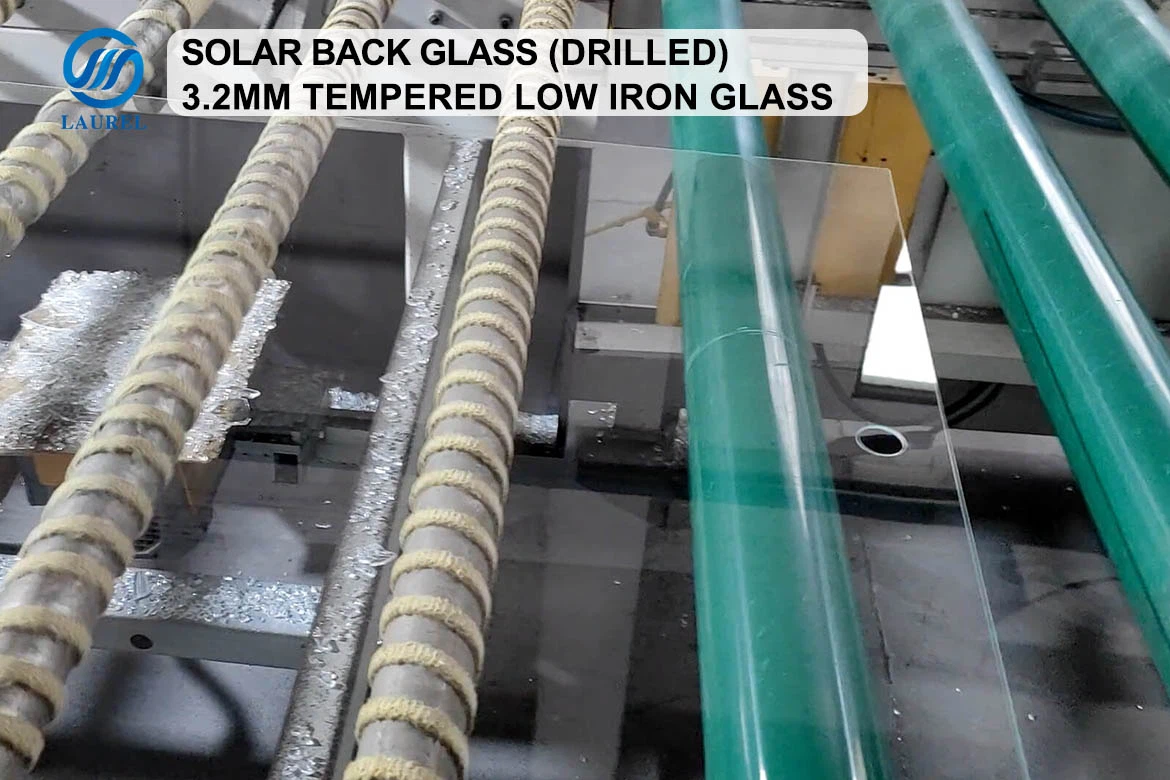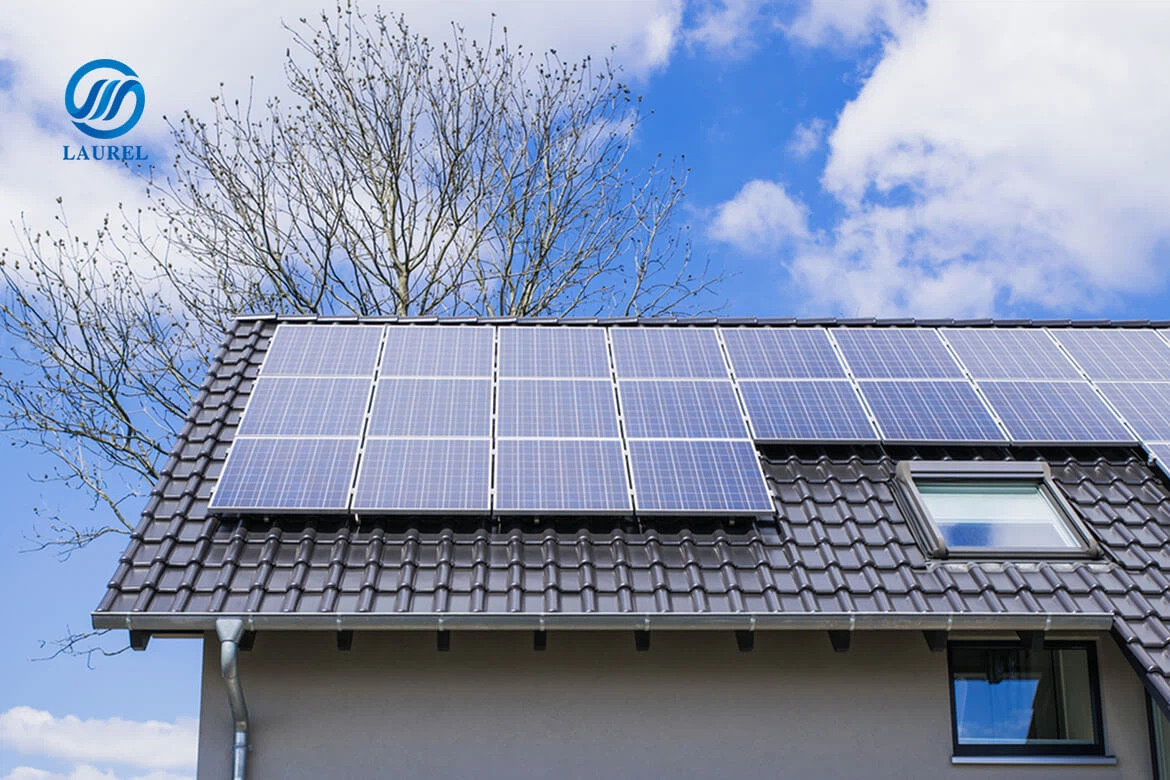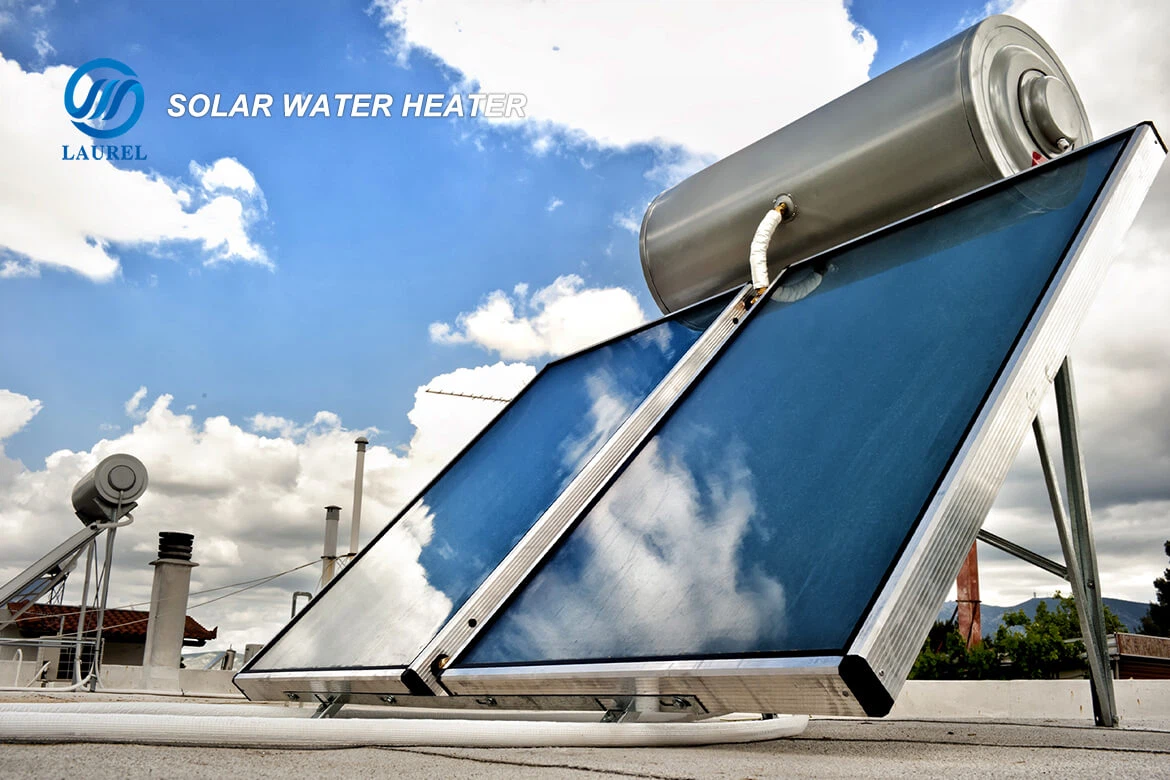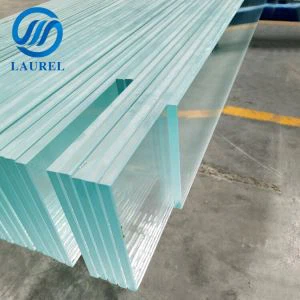Photovoltaic Solar Glass
|
|
Photovoltaic solar glass
In the ever-evolving world of renewable energy, solar power continues to stand as one of the most promising and sustainable sources of electricity. Solar panels, used in a variety of applications, are the heroes of this eco-conscious movement, harnessing the sun's rays and converting them into clean, green energy. Key to the efficiency and effectiveness of these panels is the often-overlooked component- solar glass. Whether patterned or treated with an anti-reflection (AR) coating, this specialized glass plays a crucial role in optimizing the energy output of solar cells, water heaters, and horticultural greenhouses.
what is solar glass?
-
Solar photovoltaic (PV) glass is a specialized type of glass that integrates solar cells, which generate electricity from the sun's rays. In order for the glass to turn sunshine into energy, a layer of translucent solar cells is coated onto the surface of the glass. This ground-breaking technology offers an effective method of capturing solar energy while keeping the visual allure of structures by being incorporated into building surfaces, windows, and skylights. Solar photovoltaic glass manufacturers aim to lessen dependence on fossil fuels and aid in reducing the effects of climate change.
-
Front Glass: 2/3.2mm Diffuse/ Low Iron AR Glass
-
Back Glass: 2/3.2mm Low Iron/Clear Glass
-
A majority of the uses for solar photovoltaic glass are in the building and architectural sectors. It can be used to produce green energy and lessen dependence on non-renewable sources in the shape of rooftops, skylights, windows, and building surfaces. Additionally, solar PV glass contributes to energy cost reduction, increased interior warmth, and improved building aesthetics. Additionally, it can be used to provide a self-charging function in a variety of consumer electronic products, making them more environmentally responsible and sustainable.

So what exactly is "Photovoltaic"?
In the simplest sense, any photovoltaic cell converts sunlight (photons) into electricity (electrons). "Photovoltaic" refers to the method of generating electrical power from sunlight. The term is derived from the words "photo," which means light, and "voltaic," which refers to electricity. Photovoltaic technology involves the conversion of light into electricity using semiconducting materials that exhibit the photovoltaic effect.
Solar cells, also known as photovoltaic cells, are the building blocks of photovoltaic systems. These cells are made of semiconductor materials, such as silicon, which can absorb photons of light energy. When sunlight strikes these cells, the photons knock electrons loose from their atoms, creating an electric current.
Multiple solar cells are combined to form a solar panel or module. When interconnected, these panels generate a higher amount of electricity suitable for various applications, from powering individual
Photovoltaic technology is renewable, sustainable, and environmentally friendly, as it produces electricity without emitting greenhouse gases or harmful byproducts. This technology has seen significant advancements, making solar energy a viable and increasingly cost-effective alternative to traditional energy sources.

|
|
The distinctive processing technology
Laurel Glass features two processing technologies to improve light transmittance, and the world's top tempering furnace ensures the safety of glass use, which can be freely combined according to your budget and energy efficiency needs.
Tempering
The tempering treatment is to increase the strength of the glass and resist the impact of wind, sand, and hail, thus playing a long-term role in protecting solar cells. The tempering treatment of the panel glass is to heat the glass through a horizontal tempering furnace and quickly cool it with cold air to form a uniform compressive stress on the surface, which effectively improves the bending and impact resistance of the glass. After tempering the panel glass, the strength of the glass can be increased by 4 to 5 times that of ordinary glass.
AR (Anti-reflection) Coating
AR (Anti-reflection) coatings are applied 1 side or 2 sides to the glass to reduce the reflection of sunlight. Glass with an AR (Anti-reflection) coating goes through a specialized roll coating procedure where a specific coating is placed to reduce reflection and increase light transmission. Enabling more sunlight to hit the photovoltaic cells or solar collectors, this in turn increases the effectiveness of solar energy systems.
Low Iron
Its low iron level lessens the typical greenish tint of clear float glass, increasing light transmission. Both patterned and AR-coated solar glass share common characteristics that enhance their performance in solar applications. They are typically made with low iron glass, which means they have a reduced iron content compared to standard glass. This low iron content minimizes color distortion and ensures that more of the incoming sunlight passes through, rather than being absorbed or reflected.
· Above mentioned processing technology can be matched on pattern glass or float glass according to the specific needs of the project.
main product: diffuse glass
Glass with textured surface i.e. diffuse glass or pattern glass like Mistlite/Prismatic; Nashiji; Solarifier/Matt-matt are ideal materials for making solar glass. In particular, it is cheaper than ordinary float glass.
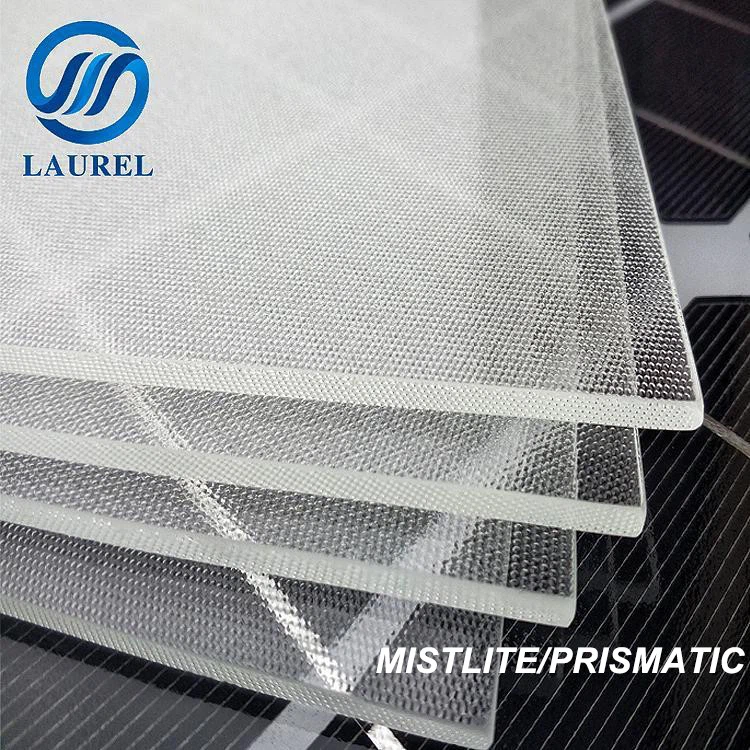
1. Mistlite (Prismatic)
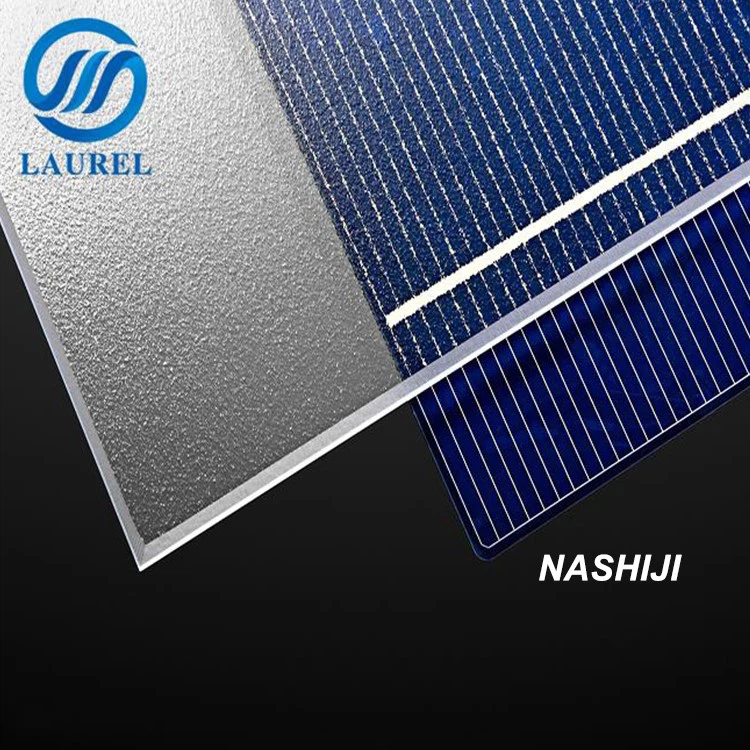
2. Nashiji
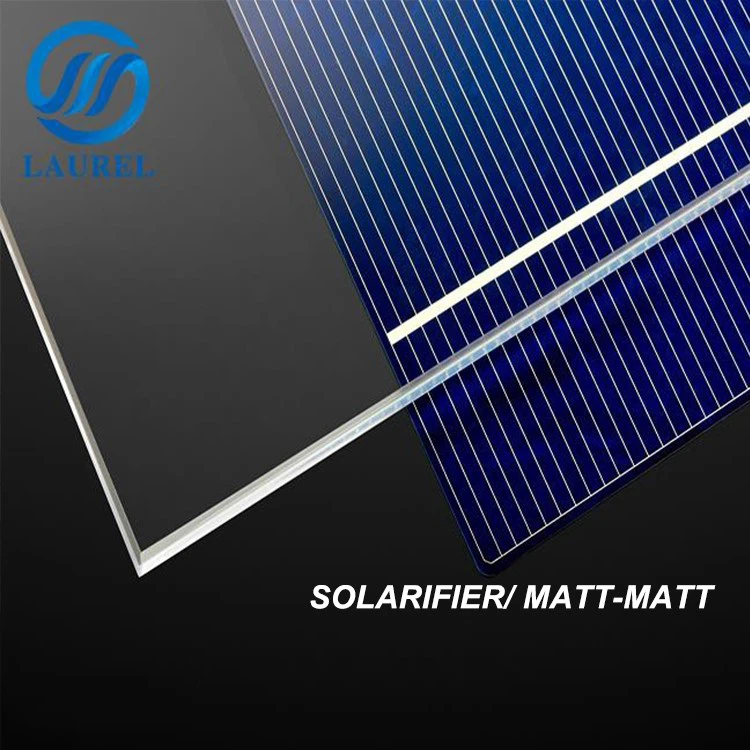
3. Solarifier (Matt/Matt)
1. Mistlite (Prismatic)
Mistlite glass is a popular choice for solar panels due to its unique design. It features a pattern of small, evenly-spaced prisms on one side. These prisms serve a dual purpose. First, they scatter light, allowing the solar panel to capture more sunlight by reducing the chances of reflection. Second, they provide a level of privacy for the solar cells, helping to protect them from environmental factors while maintaining their aesthetics. Mistlite glass is often used in both residential and commercial solar installations for its ability to enhance energy capture and overall panel longevity.
2. Nashiji
Named after the Japanese Nashiji pear, this patterned glass derives its name from its similarity to the texture of pear skin. Nashiji glass, like other patterned varieties, scatters light, minimizing reflection and maximizing energy capture. It also adds a distinctive aesthetic element to solar installations. The unique pattern can be visually appealing while providing the same functional benefits as other patterned solar glass options.
3. Solarifier (Matt/Matt)
Solarifier glass, with its distinctive texture, takes patterned solar glass to the next level. It offers enhanced light diffusion and is designed to disperse light more evenly across the solar cells. This diffusion effect ensures that all areas of the panel receive a similar amount of sunlight throughout the day, increasing overall energy efficiency. Solarifier glass is an excellent choice for solar water heaters and photovoltaic installations where even energy distribution is critical.
Production process and sample display video
Best-selling configuration
| Common Front Glass Configuration | ||||
| Glass Type | Thickness | Tempered | Low Iron | AR Coating |
| Mistlite(Prismatic) Glass | 3.2 mm | √ | √ | √ |
| Clear Float Glass | 3.2 mm | √ | √ | √ |
|
|
|
|
| Common Back Glass Configuration | ||||
| Glass Type | Thickness | Tempered | Low Iron | Drilling |
| Clear Float Glass | 3.2 mm/ 4mm | √ | √ | √ |
| Back glass is mainly applied to thin-film solar cells and double glass modules of crystalline silicon series, using float glass as substrates and conducting edge grinding, drilling, and tempering processes. Better processing control ensures excellent production quality. | ||||
|
|
| Solar Glass Light Transmission Parameter | ||||||
| Thickness |
Low Iron Float Glass |
Low Iron Float Glass with 1 Side AR |
Low Iron Float Glass with 2 Sides AR |
Low Iron Diffuse (Pattern/ Texture) Glass | ||
| Without AR | 1 Side AR | 2 Sides AR | ||||
|
2mm |
91.5% | 94%±0.5% | 95.5%±0.5% | - | - | - |
| 3.2mm | 91.4% | 93.5%±0.5% | 95.3%±0.5% | 91.5%±0.5% | 93.9%±0.5% | 96.5%±0.5% |
| 4mm | 91.3% | 93.3%±0.5% | 95.2%±0.5% | 91.3%±0.5% | 93.6%±0.5% | 96.3%±0.5% |
| * Comparison of Light Transmission Parameters of Pattern Glass Mistlite (Prismatic)/ Nashiji/ Solarifier (Matt/matt), Low Iron Float Glass, and AR Coating (1 Side/ 2 Sides). | ||||||
solar glass application
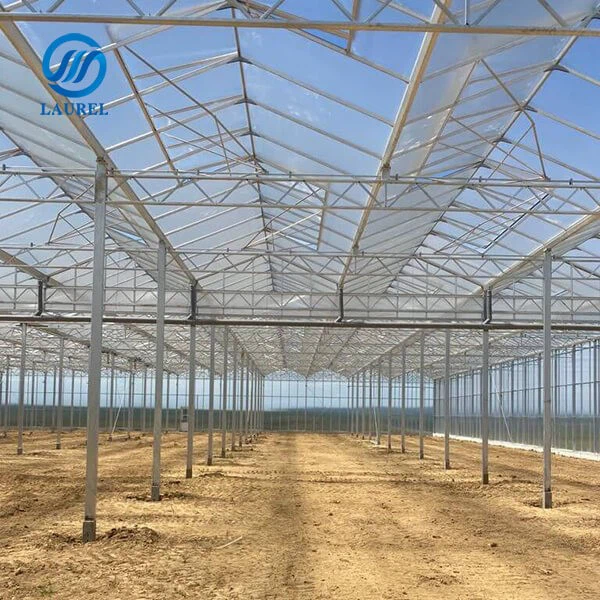
Agriculture Horticultural Greenhouse

4mm Tempered Low Iron Mistlite Glass, 1 Side AR
|
Solar Panel |

Transparent Photovoltaic (PV) Panels
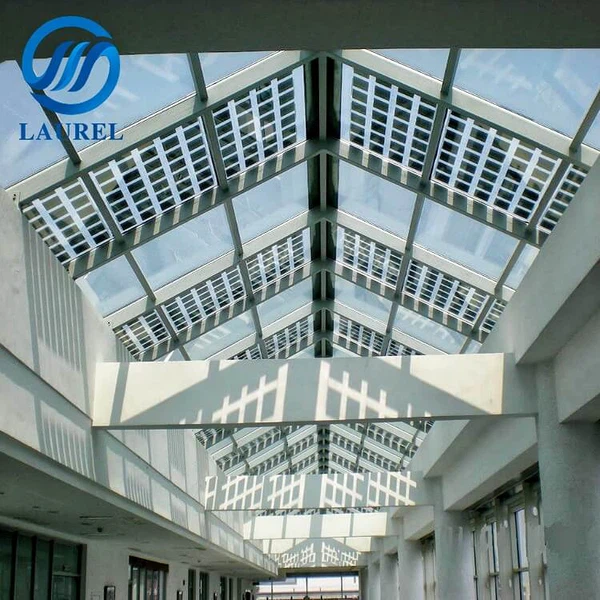
Solar Roof
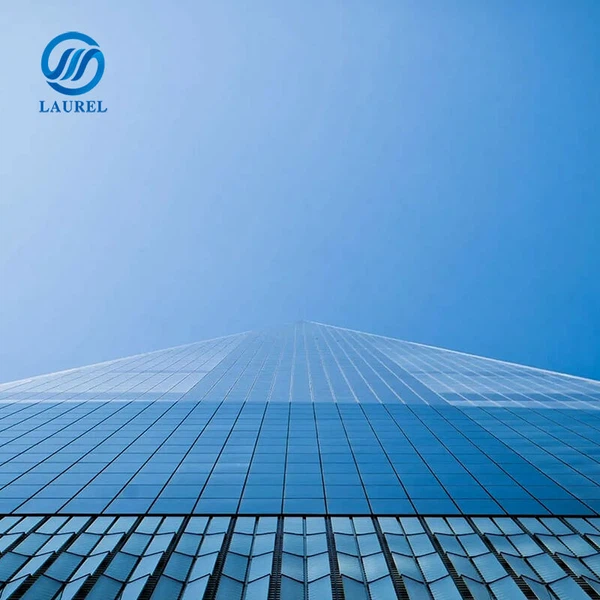
PV Glass Facade

PV Glass Window
|
Solar Water Heater |
packing and transportation
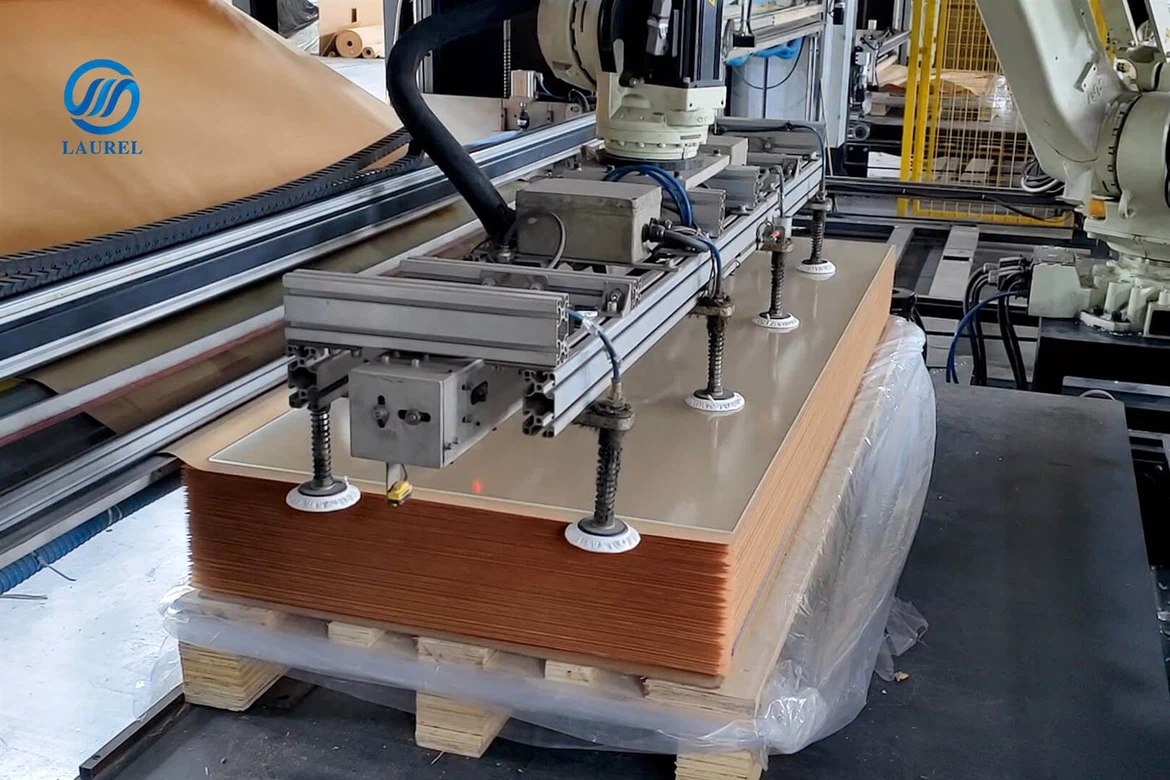
Interlayer Paper

Seaworthy Plywood Crate

Closed Crate for LCL

Bulk Packing/ Neutral Packing
Together,
our employees work with enthusiasm on renewable energy projects for quality solar glass supply worldwide.
Hot Tags: photovoltaic solar glass, China, suppliers, manufacturers, factory, customized, wholesale, buy, price, bulk, in stock, free sample
Previous
No InformationNext
No InformationYou Might Also Like
Send Inquiry





